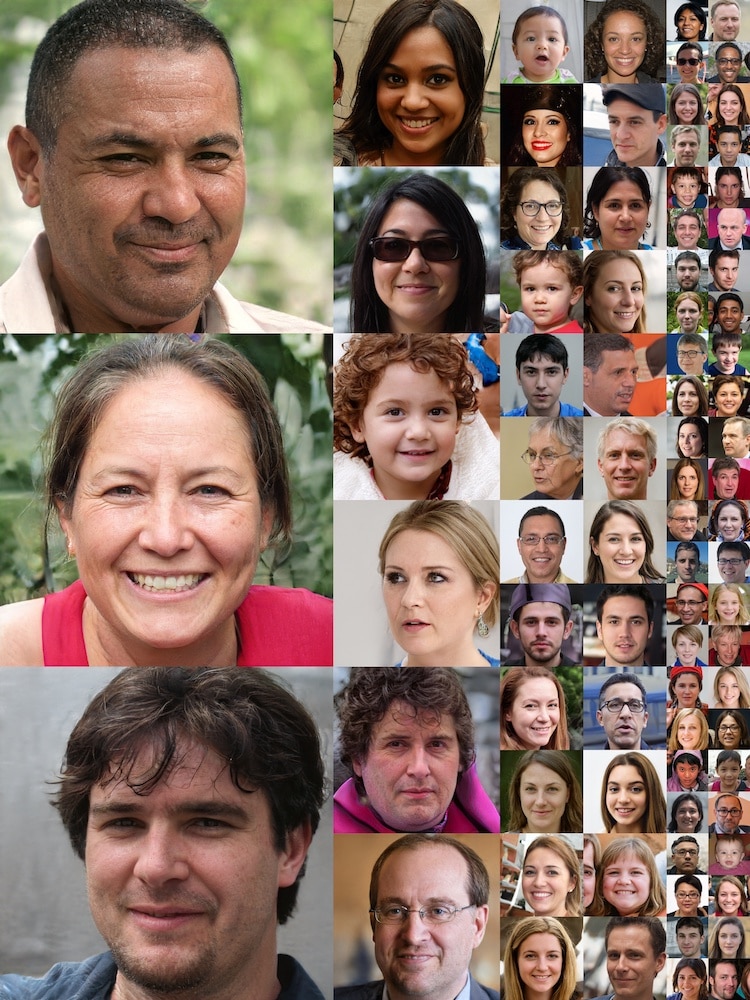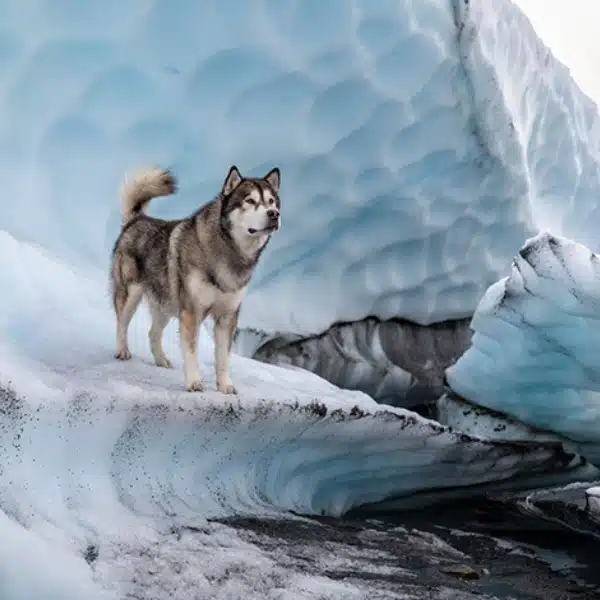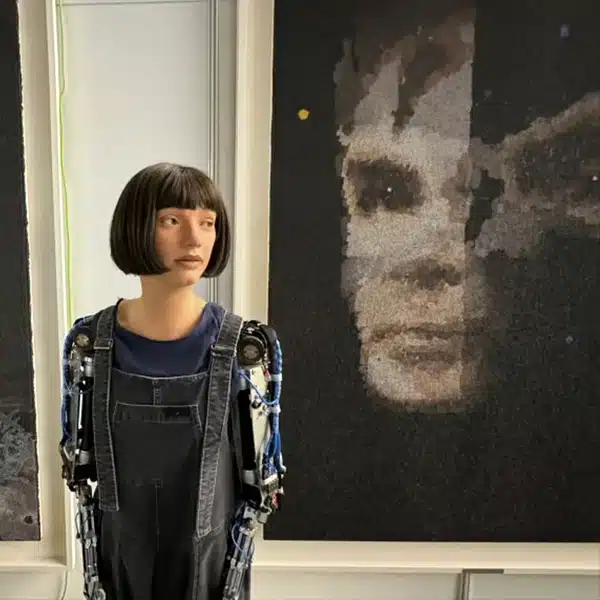
Photo: Karras, Laine, Aila
Think you can tell the difference between fantasy and reality? That's about to get a whole lot harder thanks to advances in Artificial Intelligence (AI) made by researchers at NVIDIA. The above photograph isn't actually a photo of a real person, but rather an image generated from two source photographs. The results are incredibly lifelike, making it all the more shocking that we're not actually looking at a snapshot of a real human being.
AI has been flirting with this type of technology for years, but as recently as 2014, the results were rather unimpressive. Murky black and white images that hardly seemed worthwhile have transformed into crisp computer-generated images that could easily pass as portraits of real people. How did they do it? The customized faces are the result of a generative adversarial network (GAN), which is an algorithm used in unsupervised machine learning.
In this case, the researchers spent a week training their model to blend one source image into another. James Vincent from The Verge points out that this type of style transfer is already familiar to many of us who use image filters available on apps like Prisma or Facebook to transform our selfies. For the study, researchers had the features of one person imposed onto a second person's photo, with the program blending characteristics like skin and hair color.

Photo: Karras, Laine, Aila
The results are an endless array of images that are surprisingly lifelike. While subtle signs of AI interference (like hair looking a little too perfect or asymmetrical features) can be noted if you're particularly observant, further developments in the program likely mean that even these small clues will disappear.
What does this mean for photography? One can already imagine that stock photographers might be out of a job, as picture frames can get filled with computer-generated models. Extending beyond portraits, computer-generated interiors could make putting together catalogs easier than ever for retailers. And catfishers won't even have to steal real people's photos to fake their social media profiles, they'd simply need to combine two pictures to make a new virtual identity.
Though the researchers don't focus on privacy implications, it will be interesting to see how the authentication of digital pictures will develop in order to keep up with technology. By carefully considering both the benefits and the issues surrounding these AI developments, the public can be better prepared for what's to come.
Researchers from NVIDIA have created incredible computer-generated portraits that look highly realistic.

Photo: Karras, Laine, Aila
The results are shocking when one considers the low-quality results of a similar program from about four years ago.

Computer-generated portraits from 2014. (Photo: Goodfellow, et al
And they didn't just focus on people. The technology can be used on everything from artificial interiors…

Photo: Karras, Laine, Aila
To fake cars…

Photo: Karras, Laine, Aila
…to fictional cats!

Photo: Karras, Laine, Aila
Watch this video to get a better feel for how the technology works.
h/t: [kottke]
Related Articles:
Photoshop Master Seamlessly Combines Two Celebrities into One Famous Face
Is this Incredible Animal Photography Real or Fake?
Virtual Reality Device Allows Users to Wander the Forest through the Eyes of an Animal






















































































